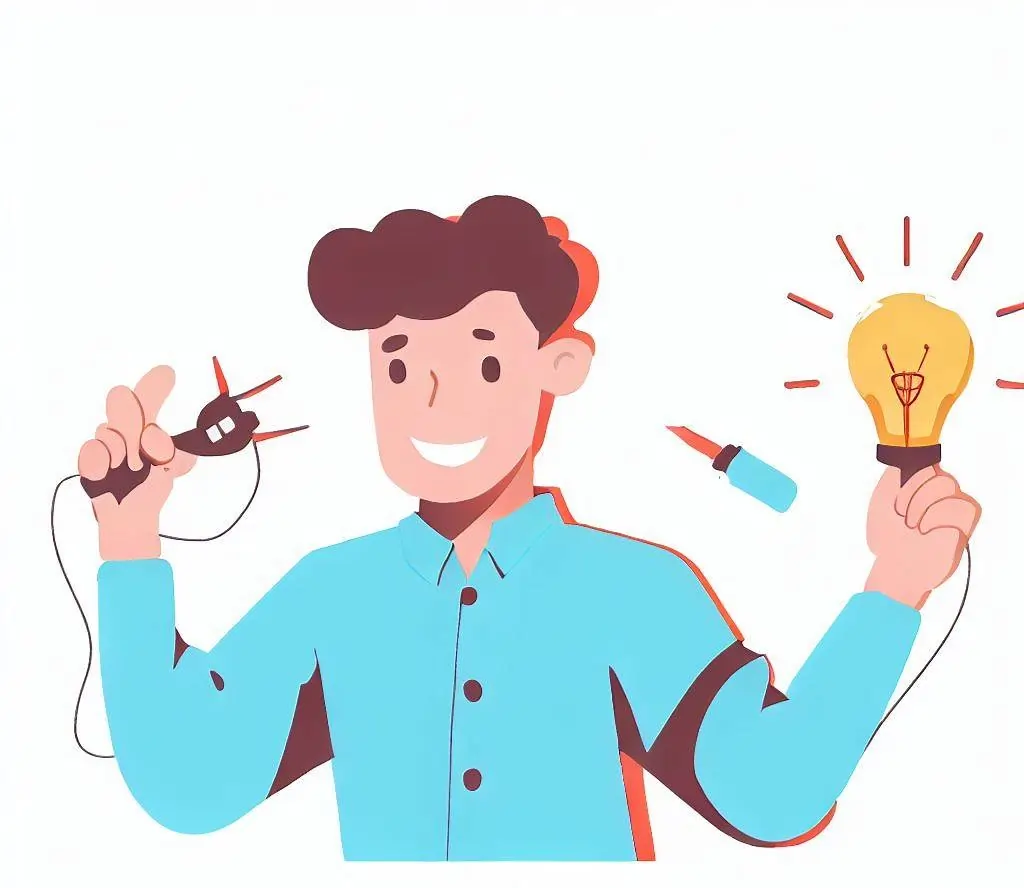Every student's academic journey undergoes a transformation when they move from high school to college. The nature and expectations of assignments significantly change in the field of electrical engineering, making this transition particularly clear. In comparison to their high school counterparts, college assignments in electrical engineering require students to delve deeper into the subject, requiring a higher level of understanding, critical thinking, and problem-solving skills. Assignments in electrical engineering in high school mainly concentrate on fundamental ideas and simple methods of problem-solving. By introducing students to fundamental concepts and theories, these assignments serve as an introduction to the field. The complexity and depth of knowledge required for assignments, however, exponentially rises as students enter college. Assignments in electrical engineering at the college level delve deeply into complex subjects and complex problem-solving approaches. It is expected of students to have a solid understanding of theories, rules, and mathematical models. These assignments demand in-depth research, independent study, and the capacity to apply conceptual ideas to real-world situations.

Depth of Information
Assignments for electrical engineering courses in high school typically cover fundamental concepts like Ohm's Law, simple circuits, and the characteristics of electricity. The goal is to lay a strong foundation for future knowledge development. However, the level of knowledge needed in college rises sharply. Advanced ideas like digital logic design, signal processing, semiconductor devices, electromagnetic fields, and more are introduced to the students. A thorough understanding of these topics is frequently required for the assignments, which assess not only theoretical understanding but also the ability to use these ideas in problem-solving.
Students frequently need to go beyond the lecture materials and textbooks to complete college assignments. To understand the nuances of the subject, they must investigate various sources and materials. For instance, a student may need to comprehend the various types of power converters, their circuit design, the selection of components, their applications, and how to model and simulate these converters for an assignment on power electronics. A student must thoroughly research the subject, master the underlying concepts, and comprehend how they apply in real-world situations in order to complete such an assignment.
From high school to college, assignments become significantly more difficult. Assignments in high school are typically simple and concentrate on practical applications of the concepts covered in class. In contrast, college assignments frequently involve challenging issues that call for the integration of several ideas and theories.
For instance, students in high school might be asked to determine the current in a straightforward resistive circuit. On the other hand, a college assignment might entail creating a complicated electronic circuit, choosing the right components based on their traits, examining the behavior of the circuit in various scenarios, and troubleshooting potential issues. These tasks require students to apply the theories in real-world settings in addition to understanding them.
Problem-solving and Critical Thinking
Electrical engineering assignments in high school frequently have conclusive solutions. They are typically made to test the students' comprehension of particular in-class concepts. However, the strategy drastically alters in college. Assignments start to focus more on the process of problem-solving rather than on getting the "correct answer."
There are frequently open-ended problems with multiple workable solutions in college assignments. Students are expected to exercise critical thinking, make assumptions as needed, and provide justification for their decisions. Students gain the analytical abilities necessary for resolving engineering-related problems in the real world through this process.
Another important distinction between high school and college assignments is the emphasis on research. The majority of assignments in high school can be completed using the materials offered by the institution or the particular course. But in college, assignments frequently call for independent study.
College students are expected to research the subject matter in academic journals, research papers, and other sources. The knowledge they gain from this practice will enable them to innovate and make contributions to the field by keeping them up to date on the most recent developments. Additionally, it aids in the development of crucial abilities like information literacy, source evaluation, and the capacity to combine data from various sources.
Real-world Consequences
Electrical engineering assignments in high school are frequently speculative and theoretical. However, real-world applications are heavily stressed in college. The difficulties that electrical engineers encounter in their careers are modeled in college assignments.
Students might be required to create a power supply for a specific application as part of a college assignment, for instance. They would have to take into account things like the need for power, efficiency, cost, safety regulations, and more. These types of assignments assist students in comprehending the real-world applications of their work and help them get ready for their future careers.
It's critical to think about the process used to complete these tasks as we delve deeper into the differences between high school and college electrical engineering assignments. High school students frequently get clear instructions outlining each step required to finish an assignment. The students' task is to follow the clear instructions given by the instructor to show that they comprehend the fundamental ideas at play.
However, the environment drastically alters in college. Students are frequently given the project's final goal to work toward without being given explicit instructions on how to get there. The student is responsible for creating a plan, determining the theories and equations that apply to the problem, and working through the problem step-by-step. It is expected that students will actively participate in their education and solve problems by applying their knowledge of fundamental ideas.
For instance, a student might be asked to design an amplifier circuit that meets specific requirements for a college assignment. The student would be required to choose the kind of amplifier to use, figure out the component values, simulate the circuit to check its functionality, and perhaps even build a prototype. Planning, critical thinking, creative problem-solving, and a profound comprehension of the underlying principles of electronics are all necessary for this process.
Working together and as a team
The emphasis on collaboration and teamwork in college electrical engineering assignments sets them apart from their counterparts in high school in an important way. In the real world, teams rather than individuals are typically used to complete electrical engineering projects. Because of this, a lot of college assignments are made to be completed in groups, preparing students for future workplaces.
Students have opportunities to develop their communication skills, learn task delegation, collaborate to solve problems, and learn from their peers through team assignments. For instance, various group members may work on various subsystems in a group assignment involving the design of a sophisticated electronic system. To make sure that all the subsystems function together without any issues, effective coordination and collaboration are required.
Today's engineering field requires proficiency with a variety of software tools. College assignments frequently call for the use of specialized software tools for circuit simulation, design, analysis, and other tasks, in contrast to high school assignments where software use is minimal.
Students may be required to use programs like MATLAB for signal processing, PSpice for circuit simulation, or AutoCAD to create circuit layouts as part of their college coursework. Additionally, programming in languages like Python or C++ may be required for assignments. Students benefit from having hands-on experience with tools used in the industry, which not only helps them develop practical skills but also gets them ready for the workplace.
Conclusion
In conclusion, the nature of electrical engineering assignments significantly changes when a student transfers from high school to college. College assignments are more difficult than those in high school, requiring students to develop a thorough understanding of complicated ideas and apply them to actual situations. The key differences between college and high school assignments are highlighted by the increase in complexity, depth of knowledge, and research requirements.
Early awareness of the differences between high school and college coursework is essential for students to meet the higher academic demands. Students can improve their problem-solving skills, analytical thinking, and general academic performance in the study of electrical engineering by accepting the challenges posed by college assignments. In conclusion, the transition from high school to college marks a change from simple assignments to harder, research-heavy assignments. Students can thrive in the field of electrical engineering by embracing this transition with tenacity and a hunger for knowledge, which puts them on the road to success in both their academic and professional endeavors.
